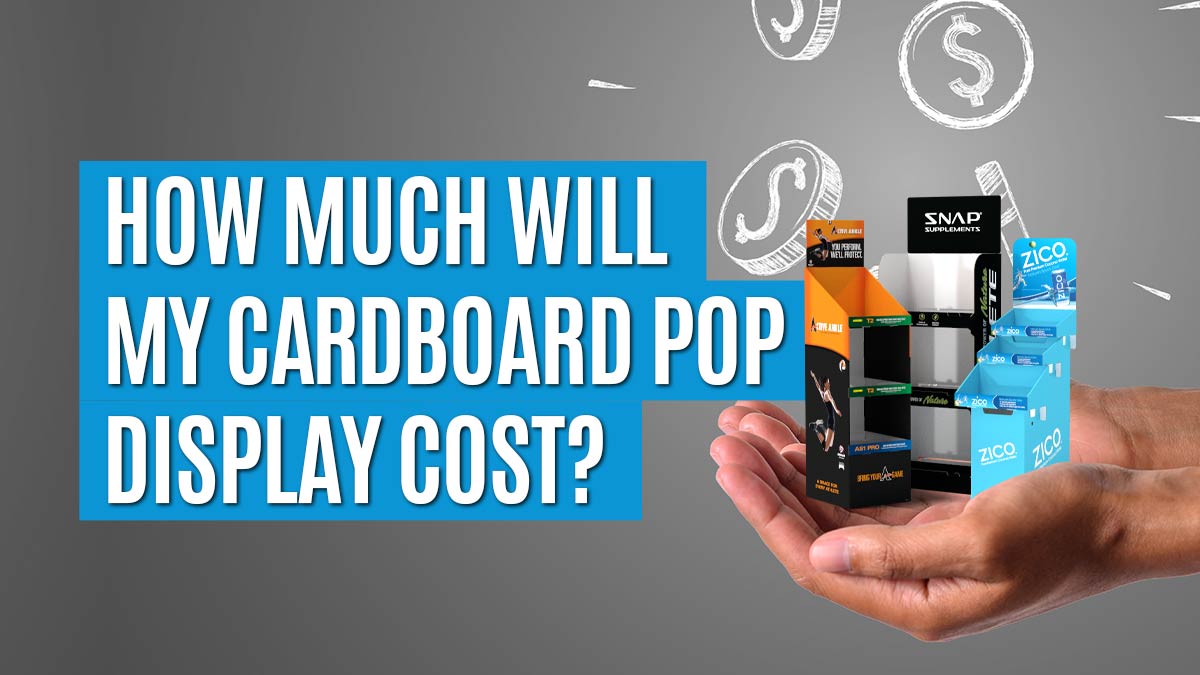
Point of purchase (POP) corrugate displays are a great way to boost your product’s visibility in-store, improve brand awareness and increase your sales. Using cardboard stands to display your products, you can ensure that your products are showcased in the best light possible, encouraging more interest in your offerings. Point of purchase cardboard displays are also incredibly versatile and can easily be customized to meet your needs.
Available in all sorts of shapes and sizes, cardboard displays can be used effectively to display almost any in-store product. Images, illustrations, photographs, text, company logos, and branding can all be included to help you to make the best possible impression on consumers. Cardboard stand displays are also lightweight, making them a great choice for trade shows, markets, and other situations where portability is key.
How Much Do Custom POP Corrugate Displays Cost?
With so many benefits to gain from using point of purchase displays, the question many business owners have is just - ‘How much do these displays cost?’ When it comes to pricing corrugate point of purchase displays, there are many things that need to be considered. The needs of every retailer will be different, which naturally will affect the pricing.
When it comes to pricing corrugate point of purchase displays, the needs of every retailer will be different.
Below, we take a look at some of the things that need to be considered when determining the cost of point of purchase displays. Understanding the process involved in creating a custom POP and the different variables involved will help you to get a better idea of what impacts the final quote.
We've also created a video on this subject.
Different Types Of Point Of Purchase Displays And Their Uses
When it comes to point of purchase displays, there are two primary types of corrugate cardboard displays: counter displays, floor displays. There are other types of displays including end caps and side panels. Each type of display has its advantages, and the type of display that you choose can also impact the price of your cardboard stands display too.
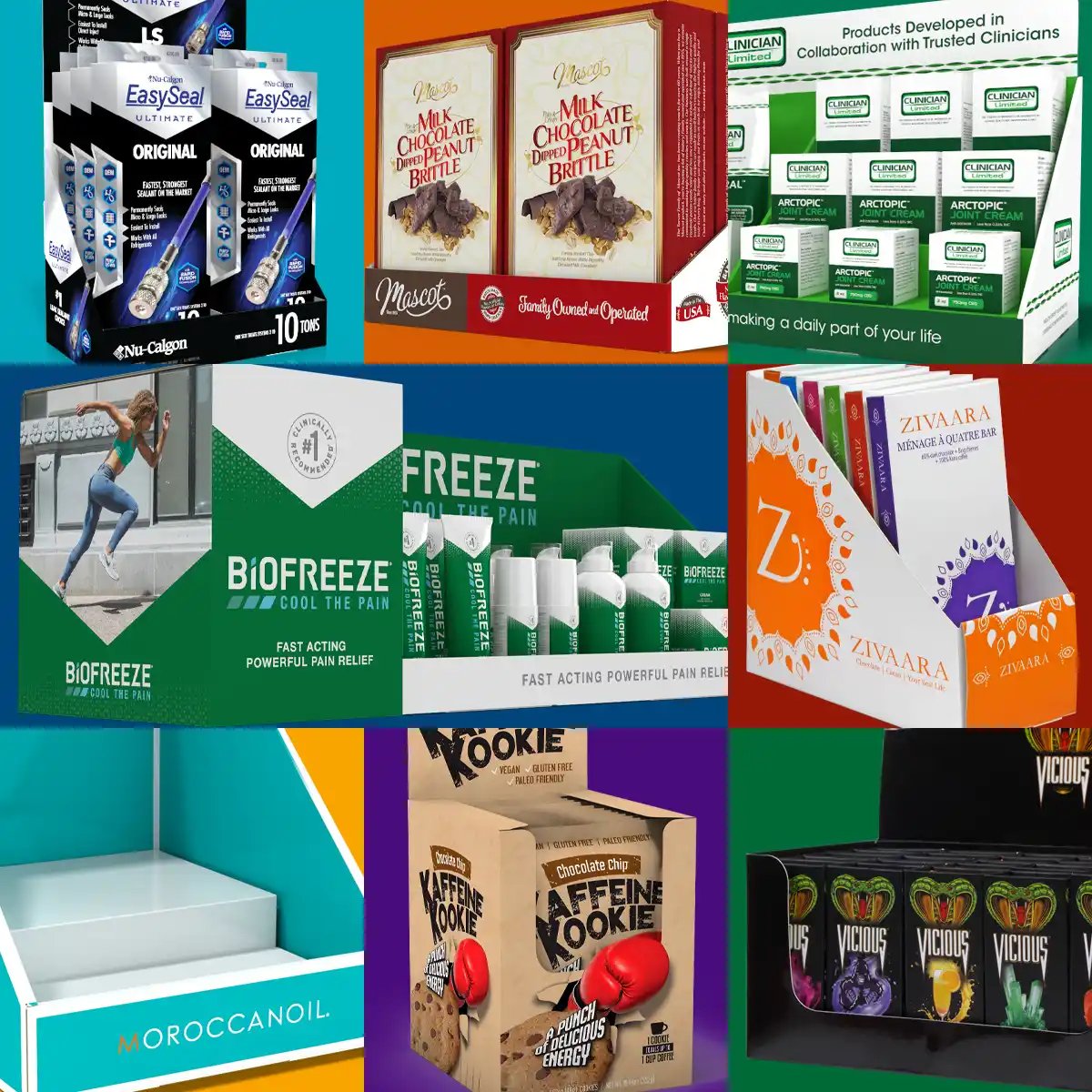 |
| Various types and styles of cardboard retail countertop point of purchase displays. |
Corrugate Cardboard Floor Displays
As you might imagine, floor displays typically tend to be larger than counter displays. This means more materials are used, more printing is required and more work is involved in creating the finished product. This also means a higher price point. However, because they are bigger, POP cardboard displays also hold more products and are more prevalent in-store. Due to their larger size, they are more visible, attract more attention, and, therefore, have the potential to give you a better ROI on your POP displays.
Counter displays, on the other hand, are much smaller than their floor display counterparts. These types of displays are generally situated at the sales counter or they can also be used on tables, shelves, or other platforms throughout the store. Because of their smaller size, counter POP displays will be able to hold fewer products, however, they will also cost less to design and produce. Despite their smaller in-store footprint, counter displays can be highly effective in showcasing your products and boosting sales.
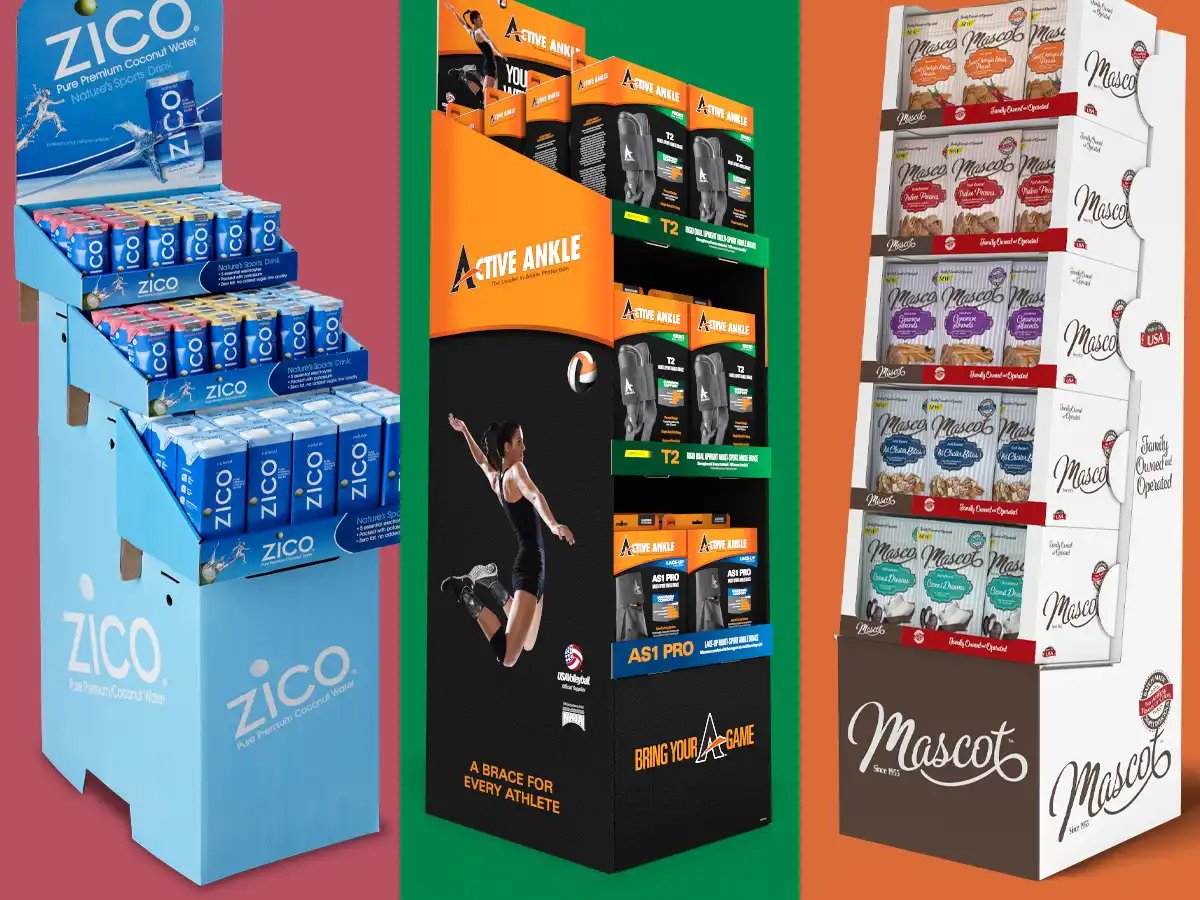 |
| Different types and styles of in-store corrugate cardboard POP floor displays. |
Choosing The Right Type of POP Display For Your Needs
The physical size of your products, their weight, how they are packaged and the number of units you want to include in your POP displays will ultimately dictate which type of display you require. For lower product quantities and smaller products, counter displays are often the better option. Retailers who want to showcase higher volume and bigger products will often benefit more from a floor display.
It’s important to remember that there are no hard and fast rules when it comes to choosing the right POP display for your products. Be sure to take into account your overall in-store marketing strategy and ensure that the type of display you choose fits with your big-picture campaign.
Be sure to take into account your overall in-store marketing strategy when creating your custom POP display.
Other considerations, such as available space and store policies, which are out of your control, can also impact your decision. For example, most stores will allow a floor display with a max height of sixty inches and fourteen, sixteen, or eighteen inches of floor space allowance is common. Before you commit to any type of display or design, take the time to contact the stores you want to use your cardboard displays in to ensure you are operating within their requirements.
If you design and build cardboard displays for your products that do not meet the requirements of the stores you will be working with, they may simply refuse to allow your new point of purchase display in-store, which is something you want to avoid considering the investment you've made.
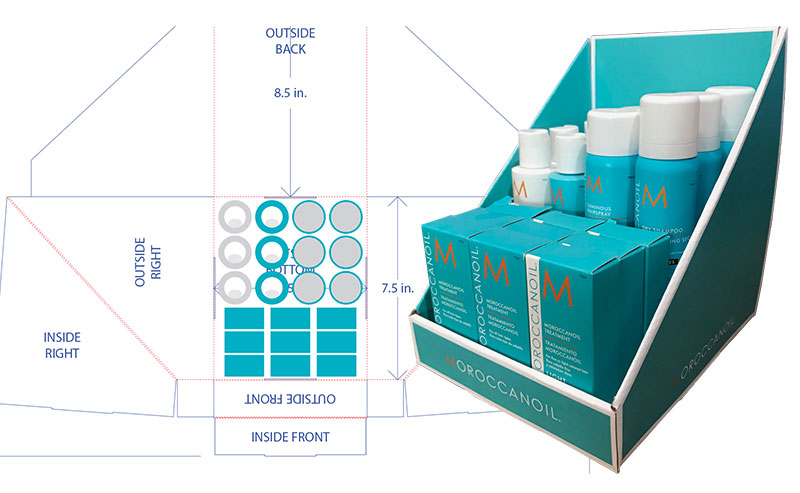 |
| The size and quantity of your products will determine the optimal size of the cardboard display. The dieline shows the footprint and spacing of the products in the bottom of the tray. |
The Number And Size Of Units That Are Required To Fit
As we mentioned above, the number of products that you need your POP displays to hold is going to have an impact not only on the type of display that you choose but also on the price of the display. As well as the number of units you will be displaying, you also need to ensure that you consider the physical dimensions, and weight of the products that you are selling.
Point of purchase displays can be customized to your specific requirements. While you can certainly customize the color, style, and design of cardboard displays, you can also dictate how many shelves you need, how tall or deep these shelves should be, and other factors that will be influenced by the size of what the display must hold.
When your cardboard displays reach the store and are stocked with your products, you want to ensure that they look neat, tidy, and attractive.
Some retailers may want to include a dozen medium-sized products. Another retailer might be looking to showcase four dozen smaller products. Each of these situations will require a different approach. Taking the time to consider these variables in advance of designing your point of purchase display is crucial in ensuring you get the best results possible.
When your cardboard displays reach the store and are stocked with your products, you want to ensure that they look neat, tidy, and attractive. Achieving the right results begins with considering exactly what you are going to be showcasing, the size of those products, and the number of units you want to present on your in-store display.

How Many POP Displays Do You Need?
Another important consideration when determining the price of POP corrugate displays is the number of displays that you need. In most cases, this will come down to how you intend to use your new point of purchase displays.
Some sellers will already have an agreement with certain retail stores and know how many stores they will be selling in and what space will be allocated for their display in-store. This makes it very easy to determine exactly how many displays you need. For example, if you already sell cosmetics in twenty different store locations and you are launching a new product line, you will need twenty point of purchase cardboard displays to showcase your latest offerings at each one of these stores.
Manufacturers use their point of purchase displays at trade shows, where they are actively trying to connect with retailers
Other product manufacturers use their point of purchase displays at trade shows, where they are actively trying to connect with retailers to sell their products in-store moving forward.
There are different approaches that you can take if you are in this situation. In most cases, you will need to begin with at least one or two POP displays for the trade show you're attending. Many product manufacturers will offer free point of purchase displays to retailers who commit to an order of a particular quantity of their products as an incentive. Offering a quality point of purchase display to retailers that are committed to selling your products will make it easier for the retailer to market your product in-store and save them both money and shelf space moving forward.
Offering a quality point of purchase display to retailers that are committed to selling your products will make it easier for the retailer to market your product in-store
However many point of purchase displays you choose to order, the general rule of thumb is that the more you order, the better value you will get. Lower quantities of one to two hundred pieces will generally be a little bit more expensive per display than bigger orders of cardboard displays. Take some time to consider your needs so you can get the best value possible when you’re ordering your POP displays.

Artwork, Images, Illustrations, And Photos To Be Included
For your point of purchase display to truly shine in-store, you need to be sure that you use high-quality images, illustrations, and photos in your design. If you have your own graphics created in Adobe Illustrator at least 150 dpi, you can save some time and money. If you need these to be created for you, this can add to the final quote as a team of in-house designers will need to take the time to design these for you.
This display will represent your brand and is often the first contact customers will have with your product.
Including the right graphics and images on your point of purchase displays cannot be overstated. This display will represent your brand and is often the first contact customers will have with your product. If you want consumers to be drawn to your POP display, it’s crucial that the design is eye-catching, impressive and that the final product resonates with your overall branding strategy.
High-quality images are vital to the success of any in-store POP display. If you are in any doubt about the images you are considering using, it’s important that you take the time to speak to your POP designer to ensure you make the right choices moving forward.
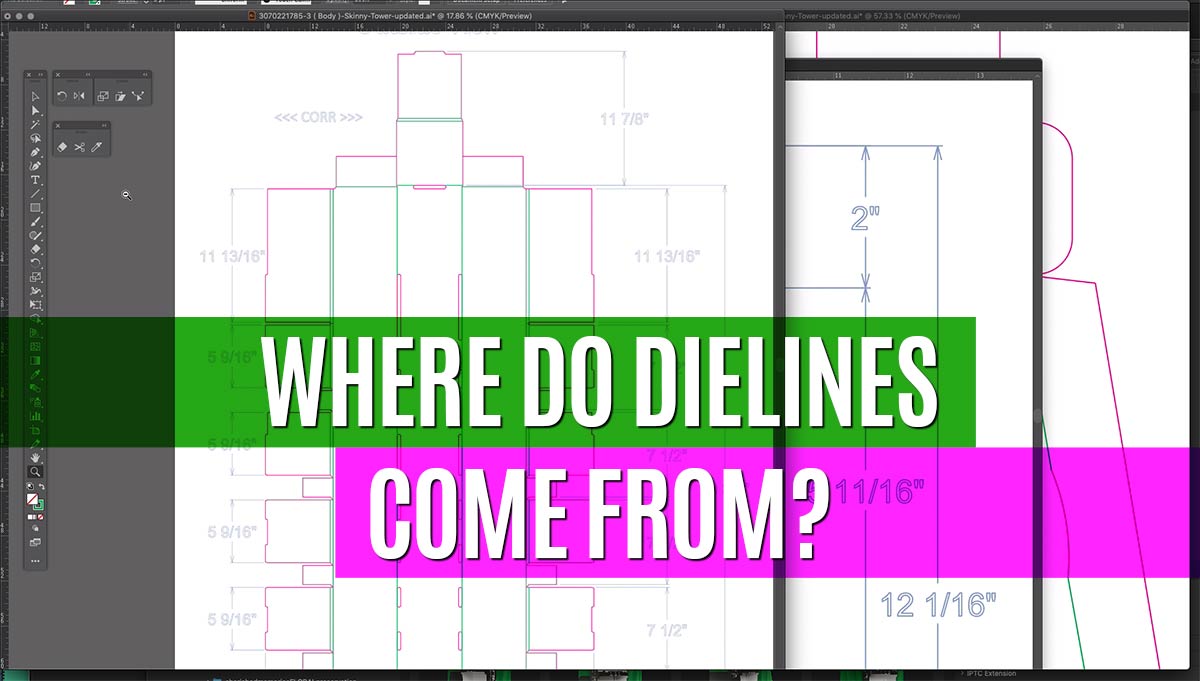
Options for Creating a Corrugate POP Display Dieline
The final thing that needs to be taken into account when designing a customized point of purchase display is the dieline. A dieline is essentially the template that is required to create the correct layout of a point of purchase display. This is a diagram that shows where all of the folds and cut lines will be located in your cardboard displays. You can consider the dieline to be a blueprint of your POP display that will ensure that all of the physical components of your new cardboard displays are in the correct position, that the dimensions are correct, the visual elements are in the right place and that errors are avoided in the final product.
A dieline is essentially the template that is required to create the correct layout of a point of purchase display.
If you have your own dieline, this can reduce the overall cost, as the dieline will not need to be designed in-house. On the other hand, if the dieline needs to be created for you, this will usually add to the overall estimate for your POP displays as more time will be required to create a customized dieline that meets your specific needs.
How The Cost Of Your POP Cardboard Displays Is Determined
Once you have determined the type of display that you need, the number of products it will be used to showcase, the required size of the POP, as well as the number of displays you will need and you have determined who will create your dieline and design the overall brand look of the display, it’s time to get a quote.
Producing an estimate can be tricky as there are many different variables that come into play. However, as a general guideline, you can expect to pay anywhere from $35 to $75 for each counter display, and $85 to $150 for each floor display order. It’s important to remember, that these are simply guidelines, and as we have discussed above, there is a lot that needs to be considered when determining an accurate quote.
Cardboard displays generally take four to six weeks to produce from start to finish, assuming that everything goes smoothly through the process and there are no unexpected delays. Remember, that shipping must also be taken into account, which can also impact the timeframe and the final price. POP displays are shipped flat on pallets, so be sure that you have the means to unload the pallet, either by hand or machine when your new cardboard displays are delivered.
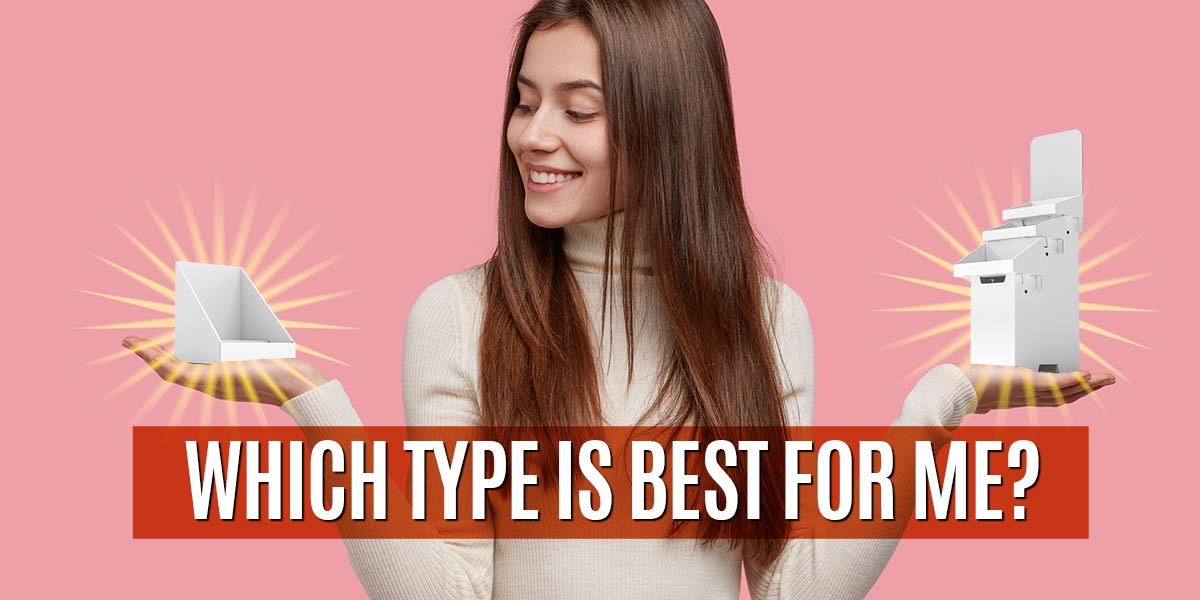
Get In Touch With Our Team At Catalpha For A Custom POP Display Quote
For an accurate quote for your customized POP displays, be sure to get in touch with our team at Catalpha. We work hard to ensure that we create the highest quality point of purchase displays for our clients. Once we have all of your requirements dialed in, we will be able to offer you an accurate quote and start working on a one-off sample for you to inspect before moving forward. When you have approved the print quality, colors, and overall design of your new corrugate cardboard displays, we can get to work on producing your full order, ready for you to start using in-store to boost sales and market your products successfully.
Did you find this article helpful? Here are additional articles you may be interested in:
Everything You Need To Know About The Cost of Short Run POP Displays
10 Tips To Better Point of Purchase Displays
How Branding Improves Customer Perception of your Product


